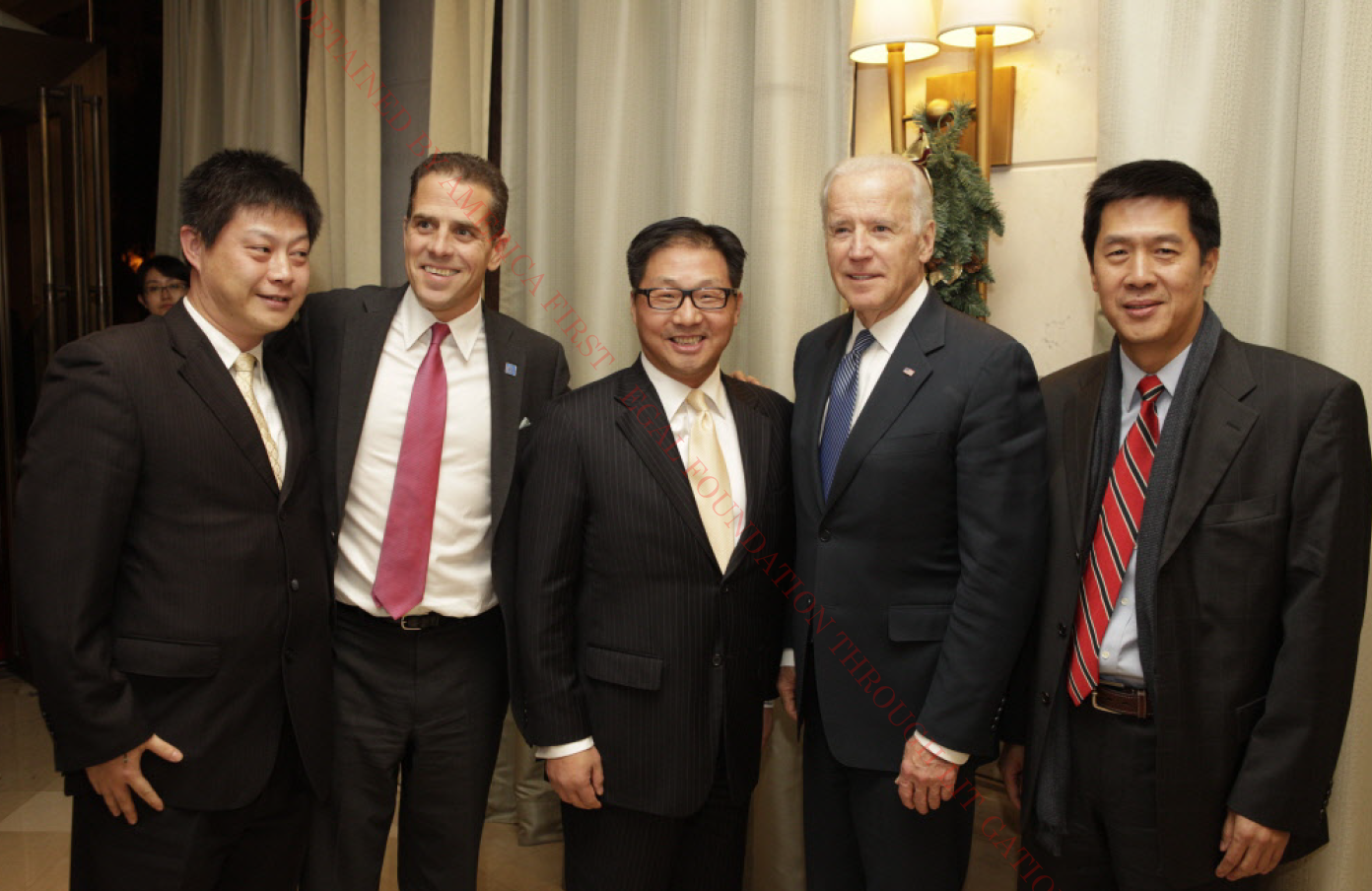ST. PAUL — Two new gun control measures are headed to the Minnesota governor’s desk to be signed into law.
A Democratic-Farmer-Labor-backed budget package that
boosts funding for public safety and courts by $880 million introduces universal background checks and a “red flag” law
to temporarily remove guns from people deemed a threat to themselves or others.
The bill passed early Tuesday morning, May 16, on a 69-63 on a mostly party line vote. The House had initially planned to take up the bill on Saturday night but tabled it after heated exchanges on the floor.
Besides the gun control measures and $3.5 billion in public safety funding for the next two years, the package also includes new policies aimed at reforming criminal sentencing. One provides a path for reduced sentences for prisoners who commit to reform programs.
“This bill has transformational and historic investments that cover everything from violence prevention to rehabilitation to everything in between,” said Rep. Kelly Moller, a Shoreview DFLer who chairs the House Public Safety Committee.
Under what’s called the “Minnesota Rehabilitation and Reinvestment Act,” changes to the parole system will allow people convicted of crimes to get released after completing 50% of their sentence on condition they complete programs like addiction or sex offender treatment. Currently, release is possible at 66% of the sentence.
Republicans say that clemency provision goes too far and describe the legislation as the “get out of jail free card bill.” They have called for stiffer criminal penalties for repeat offenders and stronger enforcement of existing gun laws.
“How can this be a public safety bill and we are reducing sentencing? How can this be a public safety bill and we are making it harder for lawful gun owners to protect themselves?” said Rep. Pam Altendorf, R-Red Wing.
DFL Gov. Tim Walz supports the gun control measures and is expected to give the package his signature.
What’s in the public safety package?
Large topic-spanning budget and policy packages known as omnibus bills are the norm at the Minnesota Capitol. The 500-page bill the House passed Monday — known as a conference committee report — covers broad ground and is the product of an agreement between Senate and House lawmakers who initially passed different public safety bills.
Under the “red flag” gun control measure, family members could petition a court to temporarily ban someone from possessing firearms if they pose a significant risk to themselves or others. It would create an “extreme risk protection order” that law enforcement, household or family members, city or county attorneys, or guardians could obtain.
Background checks which typically apply to sales by licensed firearm dealers would be required for private sales of firearms like pistols and semi-automatic rifles in Minnesota.
Transfers between immediate family members and those involving a firearms dealer or law enforcement would be exempted. Both parties involved in a sale would have to present a valid transfer permit or permit to carry and government ID for a transfer. Owners would have to present a record of transfer upon request of a law officer investigating a crime.
In addition to gun control and sentencing changes, the bill also contains provisions backed by both DFLers and Republicans. Those include boosting penalties for fentanyl to match those for heroin offenses and designating organized retail theft as a specific criminal offense.
Another feature of the bill with bipartisan support is more funding to address sexual assault evidence collection kit backlogs in local jurisdictions across the state. Under the proposed legislation, evidence sometimes known as “rape kits,” would become the state’s responsibility to process.
Further, the bill does the following:
- Places restrictions on no-knock search warrants
- Expands the definition of bias crimes to include gender identity
- Creates an Office of Missing and Murdered Black Women and Girls
- Provides $8.8 million for law enforcement recruitment and retention in the next four years
- Boosts funding for the state judicial system, including pay raises for judges
House and Senate Republicans decried the process through which Democrats brought the gun control policies forward. No GOP lawmakers served on the joint House-Senate conference committee that produced the bill. Moller said no Republicans voted for the original public safety bills, so none were appointed.
The original Senate version of the public safety bill did not technically include universal background checks for gun sales or a “red flag” law; it set aside funding for the policies. House public safety legislation included the actual gun control policy language, which DFL lawmakers included in the final version of the bill they passed out of the joint committee.
Earlier this session, it was unclear whether gun control bills would pass the Senate, where the DFL holds a slim 34-33 majority. Two DFL senators from northern rural districts — Sens. Rob Kupec of Moorhead and Grant Hauschild of Hermantown — had not committed to a strong stance one way or the other on gun control. Both ended up voting in favor of the final version of the package last Friday.
“Red flag” and universal background checks are just two pieces of gun legislation Democrats introduced this session. Other proposals, including magazine capacity limits and raising the age to buy semi-automatic firearms, did not move forward. Senate public safety chair Ron. Latz, DFL-St. Louis Park, and other DFLers said gun control language that made it this far has the most public support.
Follow Alex Derosier on Twitter
@xanderosier
or email
aderosier@forumcomm.com
.
























/cdn.vox-cdn.com/uploads/chorus_asset/file/24924653/236780_Google_AntiTrust_Trial_Custom_Art_CVirginia__0003_1.png)




/cdn.vox-cdn.com/uploads/chorus_asset/file/25672934/Metaphor_Key_Art_Horizontal.png)

